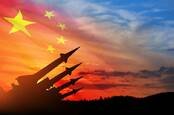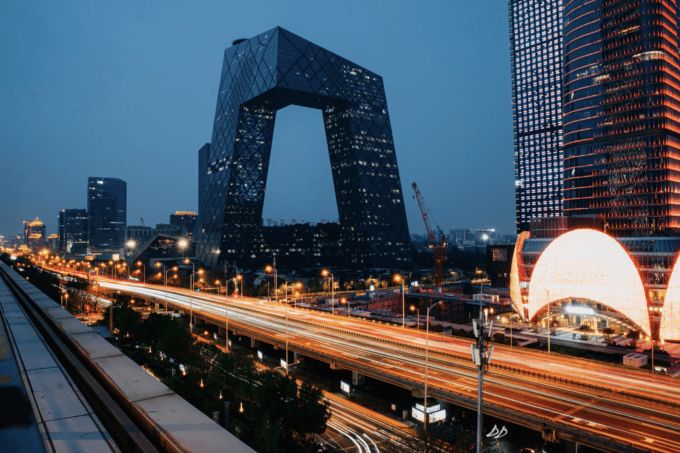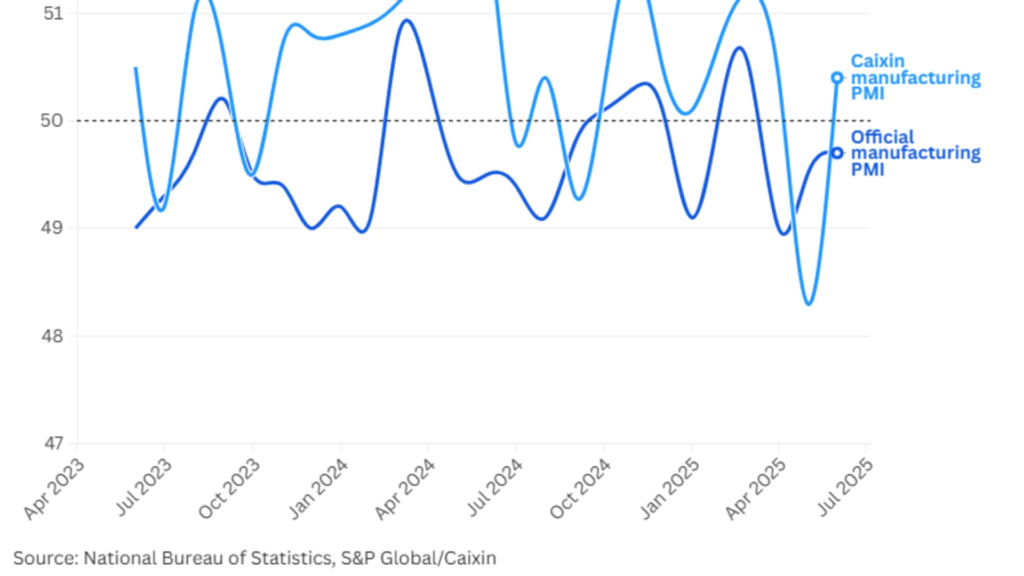The Bank of Japan Tankan report is published today. The Bank of Japan is wary of a slowing Japanese economy and will look to today’s report ofr further information. The Bank appears likely to have pushed out its next rate hike until 2026. Policymakers remain wary of tightening too quickly and stalling a fragile recovery.
The term “Tankan” is short for “Tanshin Kansoku,” which roughly translates to “Short-term Economic Observation”.
- its published quarterly by the BOJ and is a closely watched economic indicator
- the BoJ surveys thousands of Japanese firms of all sizes, across a wide range of industries
- questions are focused on firms’ current business conditions and their expectations for the coming quarter and year
- covering aspects such as production, sales, profits, investment in plant and equipment, employment, prices, and more
The headline(s) to to the report are diffusion indexes, which reflects the difference between the percentage of firms that are optimistic about business conditions and those that are pessimistic.
- a positive reading suggests that more companies are optimistic, while a negative reading indicates more pessimism
The report is segmented into “large manufacturers,” “large non-manufacturers,” “small manufacturers,” and “small non-manufacturers” so as to help provide insight into different sectors of the economy.
***
Also up today is the second manufacturing PMI from China for June. The Caixin Media and S&P Global Manufacturing PMI. Yesterday we had the official PMIs, manufacturing and non-manufacturing from the country’s National Bureau of Statistics (NBS):
- China’s factory activity picks up in June, but still contracting
Analysts forecast 49.0, up from 48.3 in May for the Caixin survey. It’s a different survey than the official, more on this bleow.

*****
The two PMIs are quite different. If you are unfamiliar with this, the following will set you up for next year!
The PMIs (Purchasing Managers’ Indexes) from China’s National Bureau of Statistics (NBS) and Caixin/S&P Global differ primarily in survey scope, methodology, and focus. Here’s a breakdown of the key differences:
1. Provider and Affiliation
-
NBS PMI:
- Compiled by the National Bureau of Statistics of China, a government agency.
- Seen as the official PMI, closely aligned with government policies and priorities.
-
Caixin/S&P Global PMI:
- Compiled by Caixin Media in collaboration with S&P Global.
- A private-sector index, often considered more market-driven.
2. Survey Scope
-
NBS PMI:
- Focuses on large and state-owned enterprises.
- Covers a broader range of industries, including manufacturing and non-manufacturing sectors (e.g., construction and services).
- Reflects conditions in sectors heavily influenced by government policies and infrastructure spending.
-
Caixin PMI:
- Focuses on small to medium-sized enterprises (SMEs), particularly in the private sector.
- Captures the performance of companies that are more exposed to market-driven forces and less influenced by state interventions.
3. Sample Size and Composition
-
NBS PMI:
- Larger sample size, with about 3,000 enterprises surveyed for the manufacturing PMI.
- Emphasizes state-owned enterprises and larger companies, which tend to dominate traditional industries.
-
Caixin PMI:
- Smaller sample size, surveying around 500 enterprises, with a stronger focus on export-oriented and technology-driven firms.
- Provides insights into the private sector and its responsiveness to global economic conditions.
4. Release Dates
-
NBS PMI:
- Released monthly, typically on the last day of the month.
- Provides separate PMIs for manufacturing and non-manufacturing sectors.
-
Caixin PMI:
- Released a few days later, usually on the first business day of the following month.
- Includes only the manufacturing PMI and services PMI, with no equivalent for non-manufacturing activities like construction.
5. Interpretation and Use
-
NBS PMI:
- Reflects the overall economic landscape, especially trends in industries influenced by government policy.
- Analysts use it to gauge the impact of fiscal and monetary policies on the broader economy.
-
Caixin PMI:
- Viewed as a better indicator of the health of the private sector and market-driven segments of the economy.
- Considered more sensitive to external shocks (e.g., global trade conditions).
6. Key Insights and Differences in Results
- The NBS PMI often reflects policy-driven stability, showing less volatility because it covers sectors cushioned by government support.
- The Caixin PMI can be more volatile, as SMEs are more sensitive to real-time changes in market demand, supply chain disruptions, and global economic shifts.
Why Both Matter:
- NBS PMI offers a macroeconomic view of China’s state-influenced economy.
- Caixin PMI provides a microeconomic perspective of the more market-driven and globally competitive sectors.
By analyzing both, investors and policymakers can obtain a more comprehensive picture of China’s economic health and its underlying dynamics. This article was written by Eamonn Sheridan at www.forexlive.com.







![[News] China Rare Earth Group Reportedly Hit by Executive Resignations Amid U.S.-China Trade Tensions](https://koala-by.com/wp-content/uploads/2025/07/Rare-Earth-China-GRINM-Advanced-Materials-20250609-624x404.png)
